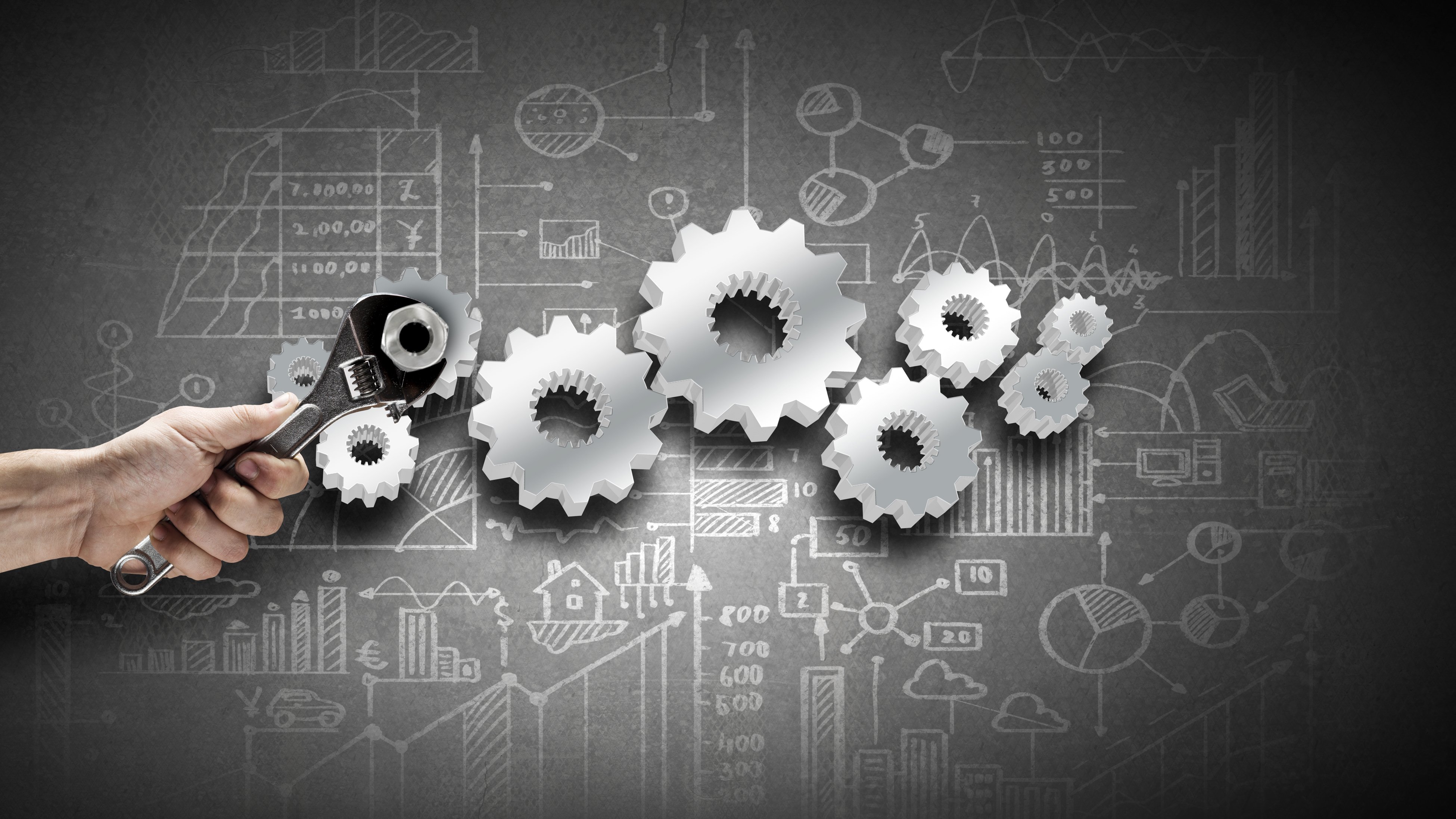Once complete, consider sharing the evaluation with a trusted systems integrator or distributor for feedback.
Along these lines, another approach is by having an evaluation done by a third party. Known as an installed base evaluation, this in-depth review helps to determine the lifecycle status of the overall facility, offering detailed reports and guidance on how to approach and manage a modernization project.
For either scenario, map out a timeline for the updates you believe make sense. Most transitions will need careful planning around production schedules and staffing levels, and can be mapped out in conjunction with operational needs.
Whichever approach you choose, having the right products, and the right lifecycle support is important to help increase output and productivity of your operations.
Co-authored by Robert Kellogg
PLC-5 Manager, North America, Rockwell Automation

